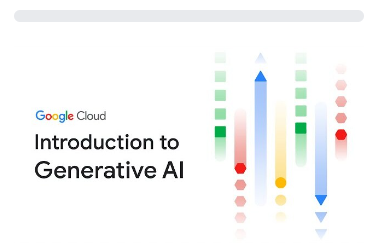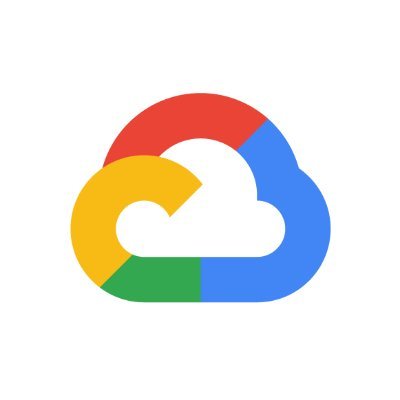| Follow Google's Generative AI Learning Path |
| Monday, 26 June 2023 |
|
Google has released a learning path for Generative AI. It's free and self paced and will introduce you to what Generative AI is, how it is used, and how it differs from traditional machine learning methods. Generative AI is all around us. It’s a type of AI that can map long-range dependencies and patterns in large training sets, then use what it learns to produce new content, including text, imagery, audio, and synthetic data. My recent look at one use of generative AI in creating animations, see Stable Diffusion Animation SDK For Python, hasn't had time to scroll off the I Programmer front page yet. Animation is just a small sample of what Generative AI can do. Other use cases include generating text, answering questions, and summarizing documents. Google, of course, is at the cutting edge of this technology so it is welcome news that it is offering this Generative AI learning path to everyone without cost. Enroll with just your Google account SSO or register afresh. We'll look into how "free" that is in a moment.
The syllabus consists of 10 learning activities : Intro to Generative AI Intro to Large Language Models Intro to Responsible AI Generative AI Fundamentals Intro to Image Generation
A synopsis of the encoder-decoder architecture, which is a powerful and prevalent machine learning architecture for sequence-to-sequence tasks such as machine translation, text summarization, and question answering. Attention Mechanism Transformer Models and BERT Model Create Image Captioning Models Intro to Generative AI Studio To follow along, entry level Python plus some knowledge of Tensorflow is desirable. Now let's go back to the "free" question. The FAQ reads : When you enroll into most courses, you will be able to consume course materials like videos and documents for free. If a course consists of labs, you will need to purchase an individual subscription or credits to be able consume the labs. Labs can also be unlocked by any campaigns you participate in. All required activities in a course must be completed to be awarded the completion badge. That convoluted statement above means that the static resources as in video and text are free, but those requiring hands-on labs aren't. The labs require spinning up GCP (Google Cloud Platform) compute resources and cost some credits. There are four labs like that in total. Regardless whether you do the labs or not, the free part has good value. It opens up the world of Generative AI to the public and to citizen developers.
More InformationRelated ArticlesStable Diffusion Animation SDK For Python
|
| Last Updated ( Sunday, 25 February 2024 ) |

